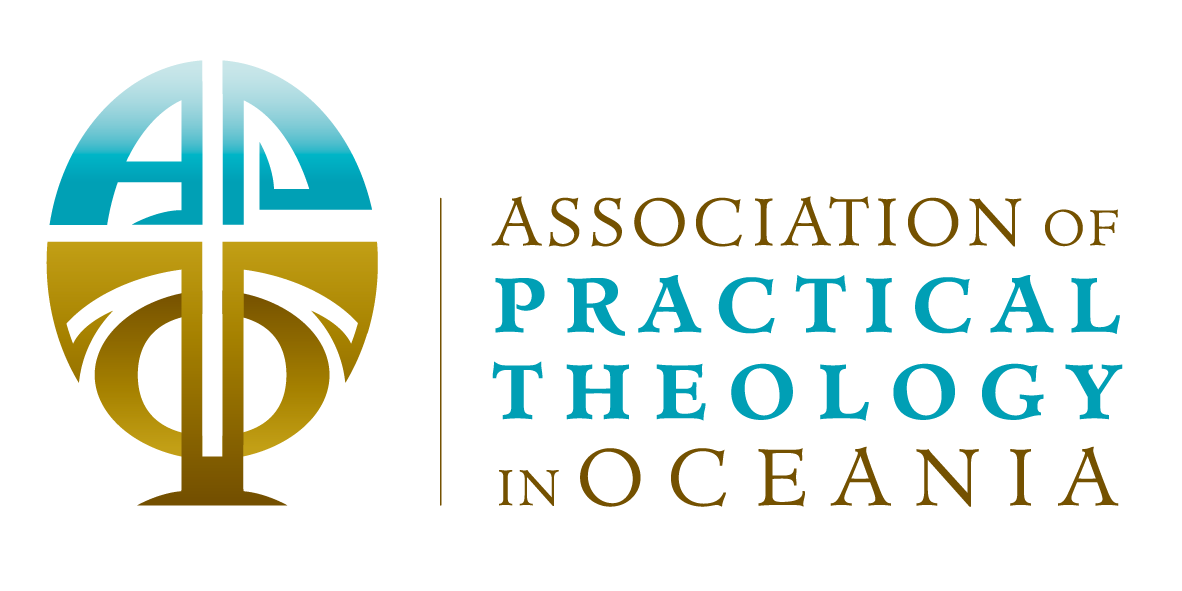

Discussion Time:
British academics Parker and Watson (2014) have noted a resurgence in the sports ministry field, but for many Christian churches in Australia sport is nothing more than a conversation topic after a worship service, or a reference to a football result from the pulpit. Whilst many church attenders are involved in their local sporting clubs, few churches see sport as a ministry area. And yet sport is an intrinsic part of society. For more than 35 years, sports chaplains have been engaged in Australia at all levels, from elite leagues and national teams to local community clubs. Currently there are more than 700 chaplains scattered around the country, serving in a diverse array of sports. In general, sports chaplains have a positive Christian influence through low level pastoral care within clubs. They are responding to a need from within Australian society, and contribute to enhancing the well-being of people in the clubs and beyond into the local communities (Reid & Hughes, 2013). However, many chaplains feel there is a strong disconnect between local churches and sport, evidenced by the current demand for chaplains from sporting clubs far exceeding the number of people putting up their hand to be trained and placed in those clubs. Drawing on interviews and surveys conducted with members of sporting clubs and with sports chaplains, this paper will examine how churches understand sport and how it relates to mission. It will explore how sports chaplaincy can broker the engagement of churches with local communities, and will reflect on what the future may hold for this vital ministry for the Church in Australia.
This study is based on a current consultation into multifaith chaplaincy for the Victorian Multicultural Commission after an earlier 2017 study for the Commission and earlier work with Australia’s 175 army chaplains by Religions for Peace Australia, Australia’s largest community-based interfaith organization. Even though chaplaincy has been part of Australia’s history since 1788, the theology and praxis of chaplaincy has not been as discussed as it should have been generally and for the various sector chaplaincy such as (i) military (army, navy, air force), health care (hospitals, hospices, mental health, aged care),educational (schools, colleges, universities), criminal justice (police, courts, prisons), emergency services (fire, ambulance, disaster, critical incidents), industrial (factories, airports, seaports) and sports (cricket, football, Olympic/Commonwealth Games). Chaplaincy would appear to be at the crossroads. The word ‘chaplain’ is not contained in any of the Catholic Plenary Council working papers. The mainstream churches have been gradually withdrawing from chaplain services yet at the same time, the need for spiritual care services has been expanding as seen in the 2019-20 bushfires, and many volunteers have come forward. As well, there has been the movement towards multifaith chaplaincy as Australia’s religious profile has great expanded over the past three decades, not least in the armed forces. This paper will deal with the confused nomenclature issue. It will then examine the challenges facing spiritual care and chaplaincy, including (i) pluralisation and integration of faiths other than Christian (Buddhist, Hindu & Muslim attitudes), (ii) chaplaincy recruitment, qualifications and attributes and endorsing agencies and (iii) spiritual care and chaplaincy training, all as related to an underlying theological framework based around a ministry of presence, professionalism in institutional settings and pastoral outreach and social case in multifaith contexts.